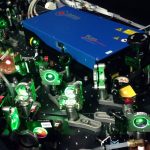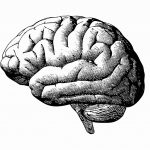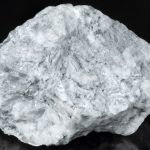Buildings made from fungi? Meet London’s pop-up bio-lab innovators0
- From Around the Web, Science & Technology
- August 28, 2018
A shipping container complex in a Shepherd’s Bush market is the unlikely home to a community of startup research projects

A shipping container complex in a Shepherd’s Bush market is the unlikely home to a community of startup research projects

The discovery is the first of its kind outside the human lineage.

For the first time, physicists at CERN have observed a benchmark atomic energy transition in anithydrogen, a major step toward cooling and manipulating the basic form of antimatter.

Newly-discovered genes that helped supersize human brains along with DNA retrieved from extinct humans, which can still be found in people living today, are expanding scientists’ understanding of how our species evolved. One of the major features that distinguish humans from other primates is the size of our brains, which underwent rapid evolution from about

From the Voyager mission to detecting the merging of black holes over a billion years ago, an argument for the pleasures of theoretical thinking

SCIENTISTS have finally put a face to a “pretty” woman whose remains are the most ancient ever discovered in the Americas.

Suzana Herculano-Houzel spent most of 2003 perfecting a macabre recipe—a formula for brain soup. Sometimes she froze the jiggly tissue in liquid nitrogen, and then she liquefied it in a blender. Other times she soaked it in formaldehyde and then mashed it in detergent, yielding a smooth, pink slurry.

A new technique might one day help combat global warming

The space company of billionaire Microsoft co-founder Paul Allen on Monday unveiled details of medium-lift rockets and a reusable space cargo plane it is developing, injecting more competition into the lucrative launch services market.

Calls grow for ban on fully autonomous weapons, following NGO coalition report



